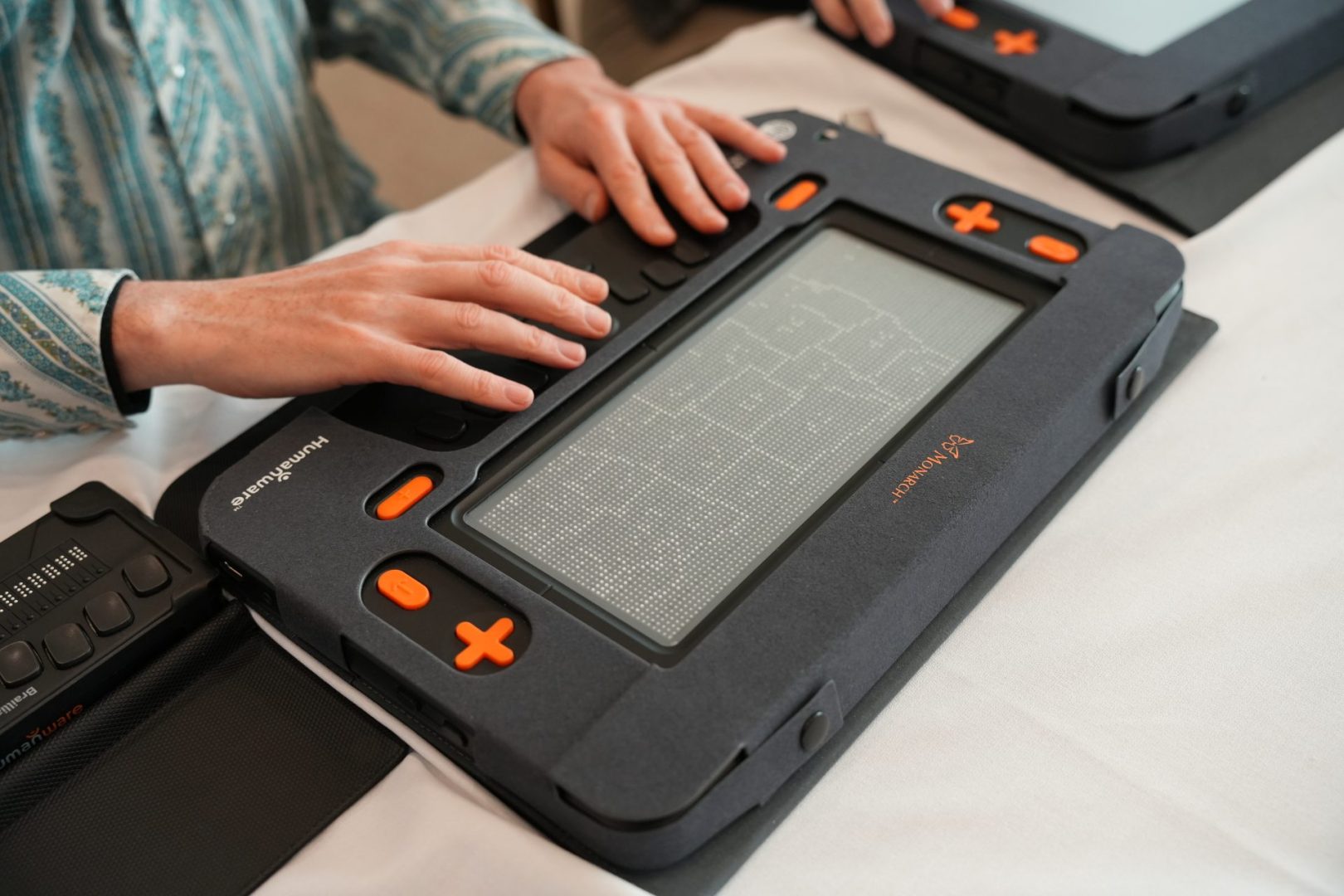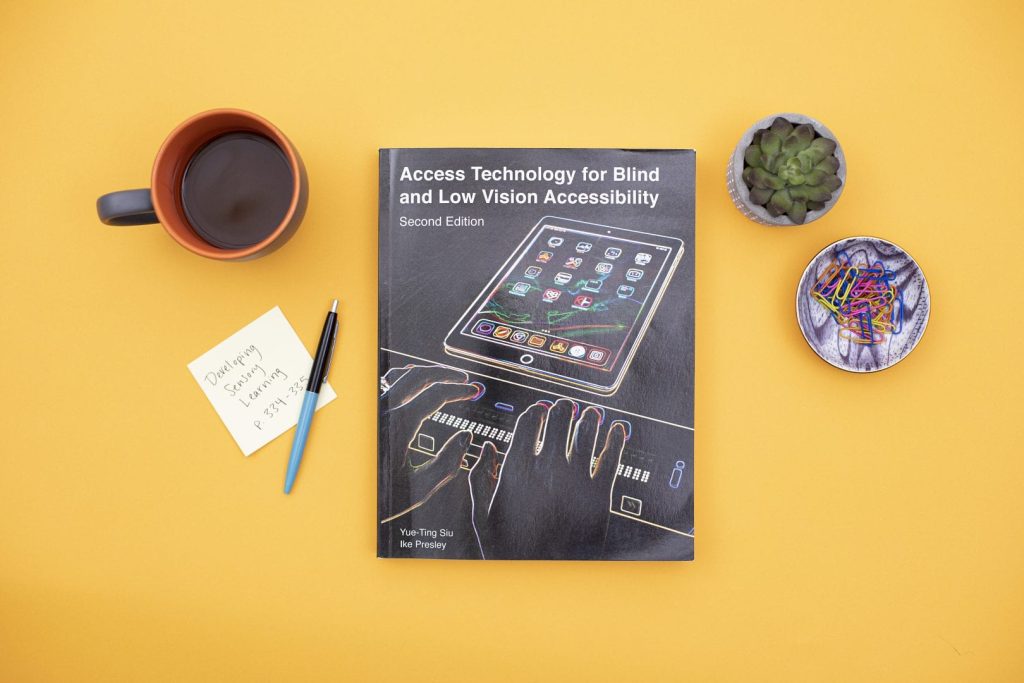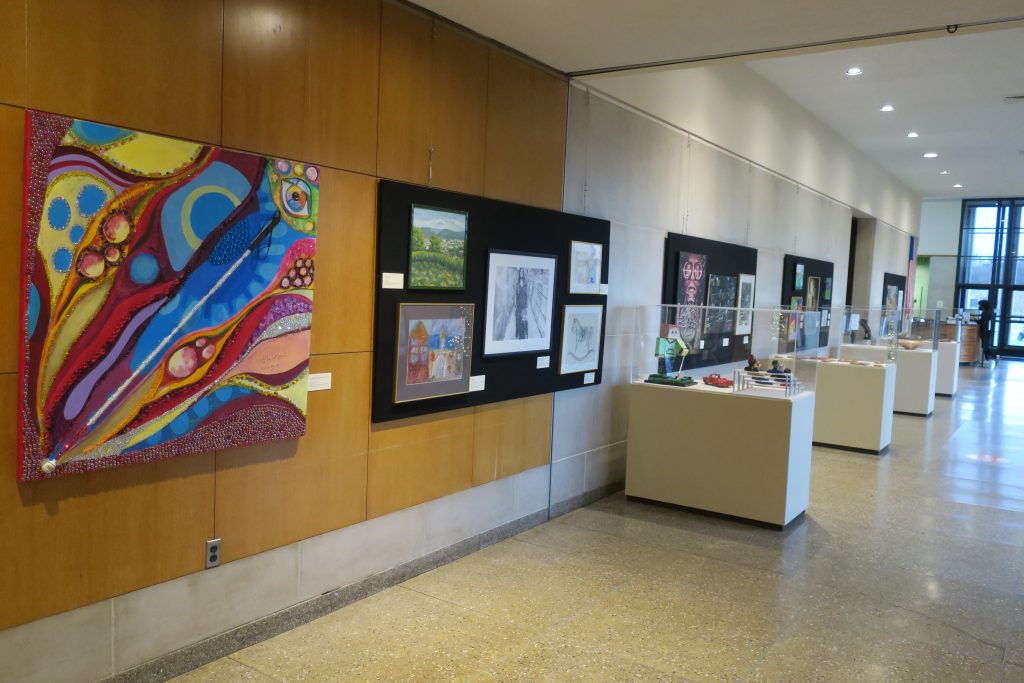To ensure gift delivery by 12/25, please place orders via UPS shipping no later than 12/17.
CloseThe Monarch Supports a New Era of Visual Learning

80% of learning is visual, and teachers often tailor their lessons accordingly. This often presents barriers for students who are blind or have low vision as they require materials to be in a tactile format. “People have been conditioned to believe that since 80% of learning has been done visually, it needs to be done that way,” said Seth Leblond, the Assistive Technology Coordinator at the Foundation for Blind Children in Phoenix, Arizona. “They haven’t really stopped to think about when visual learning is not an option, that there are other ways of learning.” The Monarch seeks to bridge this educational gap by providing students with a new piece of technology conducive to tactile learning. As students with typical vision view materials, Monarch users will have them displayed in braille or in the form of tactile graphics on the device’s 10-line display.
Seth’s son, Gavin, is a rising fourth grader who has experienced many educational barriers that can easily be broken with the Monarch. For example, last year, Gavin brought home a weekly spelling menu. It contained twenty activities, and Gavin had to pick four to do for homework. Unfortunately, only five of them were text-based while the other fifteen were visual options such as “Write all of the words in different colors,” or “Draw a picture and hide the spelling words in it.” These items were not accessible and limited Gavin’s homework choices. “They had taken something that is naturally predisposed to being textual and intentionally made it as visual as possible,” said Seth. However, now, for the first time, Gavin can complete one of the visual options by making a word search on the Monarch. This activity helps improve Gavin’s spelling abilities and sharpens his spatial braille skills.
Physically reading the words also has value. Last year, Seth had to braille the list for Gavin himself. “Having the 10-line display would have simplified our process of dealing with his spelling words and would have reinforced braille literacy in a way that using a combination of hard-copy braille and a computer didn’t,” Seth said.
The Monarch’s ability to display charts, graphs, and tactile images can make visual subjects like math, art, and music more accessible. Its Tactile Viewer app allows users to open graphs saved on the Monarch, items on a thumb drive shared by a teacher, and graphics found in APH’s Tactile Graphic Image Library (TGIL). Seth explained how Gavin didn’t receive embossed graphs in time to complete math assignments. Instead, the data was described to him. “The problem with this is that Gavin was being given the data, rather than being expected to pull the data from the chart himself,” said Seth. That is an essential skill Gavin needs to learn, and to do that, the teacher could have just put the chart or graph on a flash drive for Gavin to plug into the Monarch. If needed, Gavin could also search the TGIL for pictures of common shapes and angles as the teacher shows them to the class. This way, teachers will no longer have to struggle to find physical representations to show Gavin, and he will have all he needs at the same time as his sighted peers.
In art class, teachers will be able to load electronic examples of the art they plan to show the class onto a flash drive for Gavin to open on the Monarch. Accessible file types include JPG, PNG, and PDF. The Art category in the TGIL also contains images of classic pieces like the Mona Lisa and the Vitruvian Man.
Music class can be confusing as the teacher draws notes on the board and passes out sheet music. Along with utilizing other APH music products, Gavin can find tactile images of a staff and clefs in the Music category of the TGIL to view on the Monarch and gain an understanding of their shapes.
We are still unlocking uses for the Monarch. Read our Monarch blogs to learn more.
The Monarch will be publicly available in September and eligible for purchase with Federal Quota funds. Stay tuned to the website, APH News, and your email inbox for more information on this upcoming device.
Share this article.
Related articles

Utilizing Access Technology for Blind and Low Vision Accessibility in the Evaluation Process
The use of technology in the classroom has changed vastly over the years. Finding the best tool or device to...

APH Brings Inclusive Arts Exhibit to Huntington, WV
On December 7, 2021, APH Huntington, a program of the American Printing House for the Blind (APH), celebrated the work...
